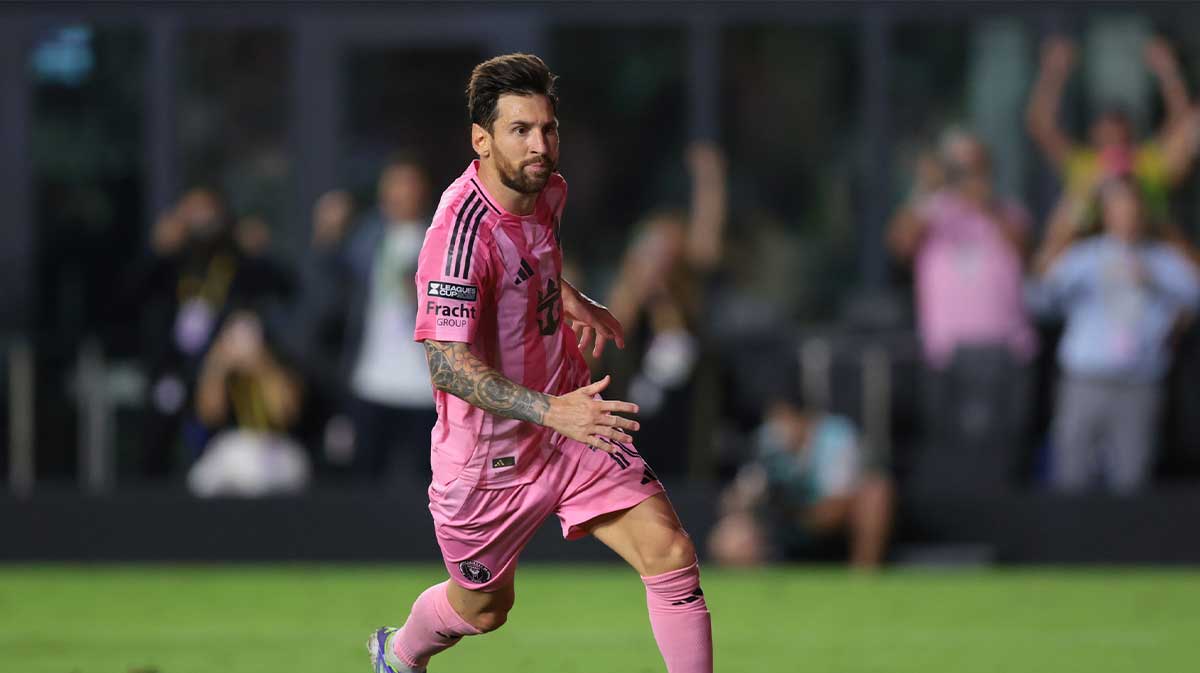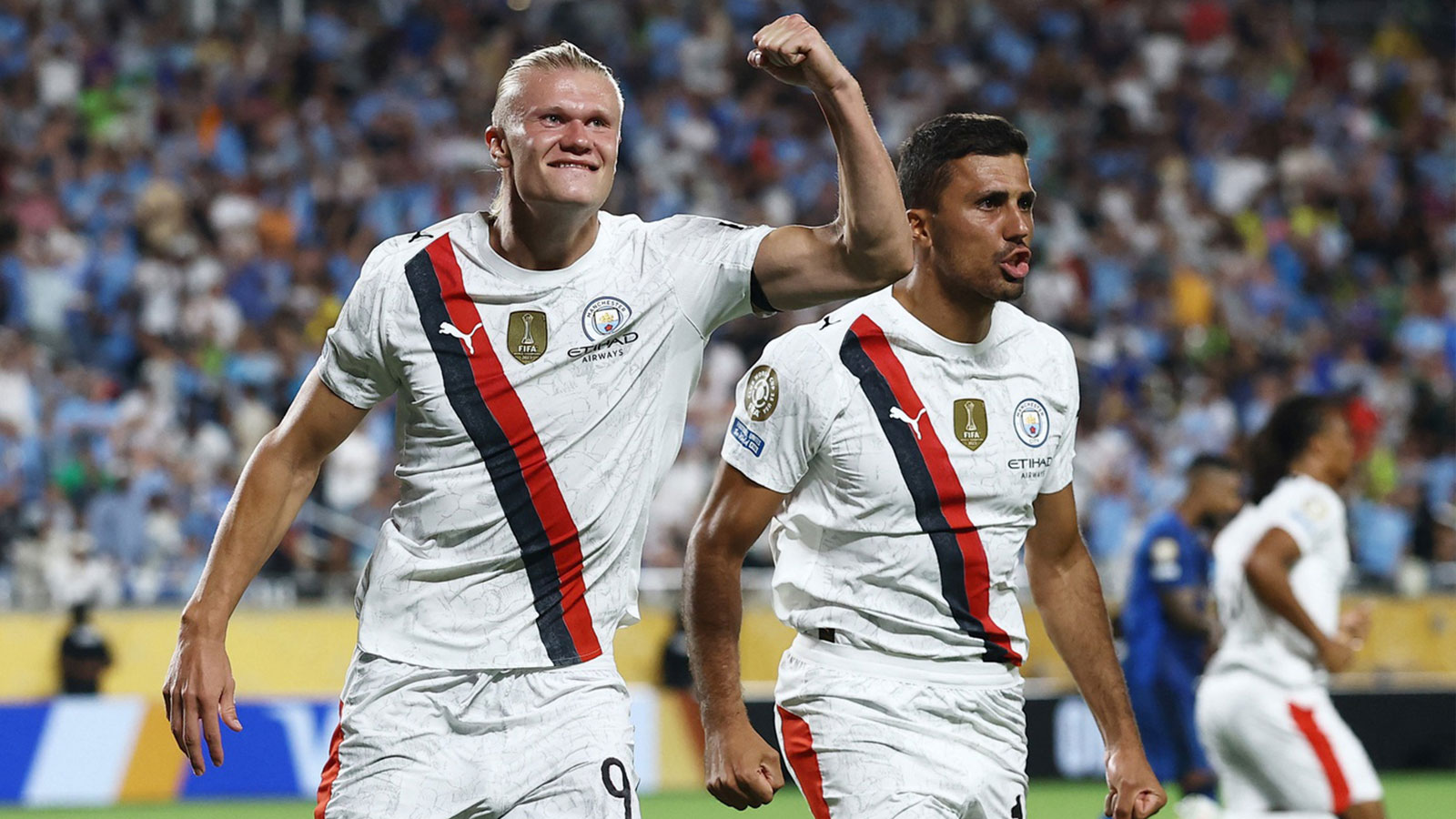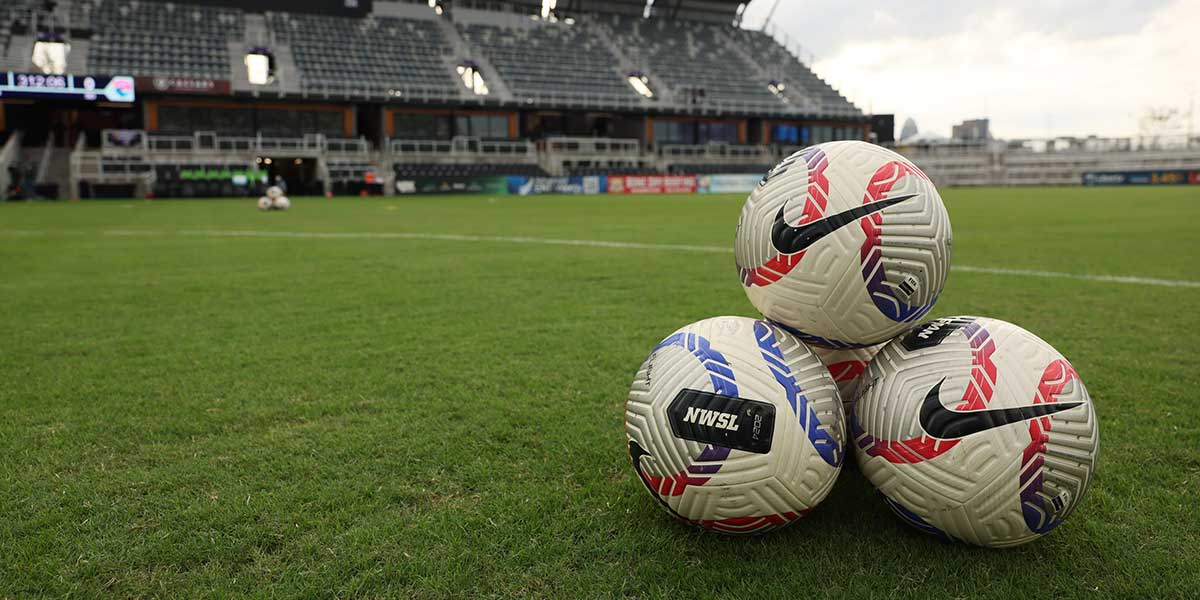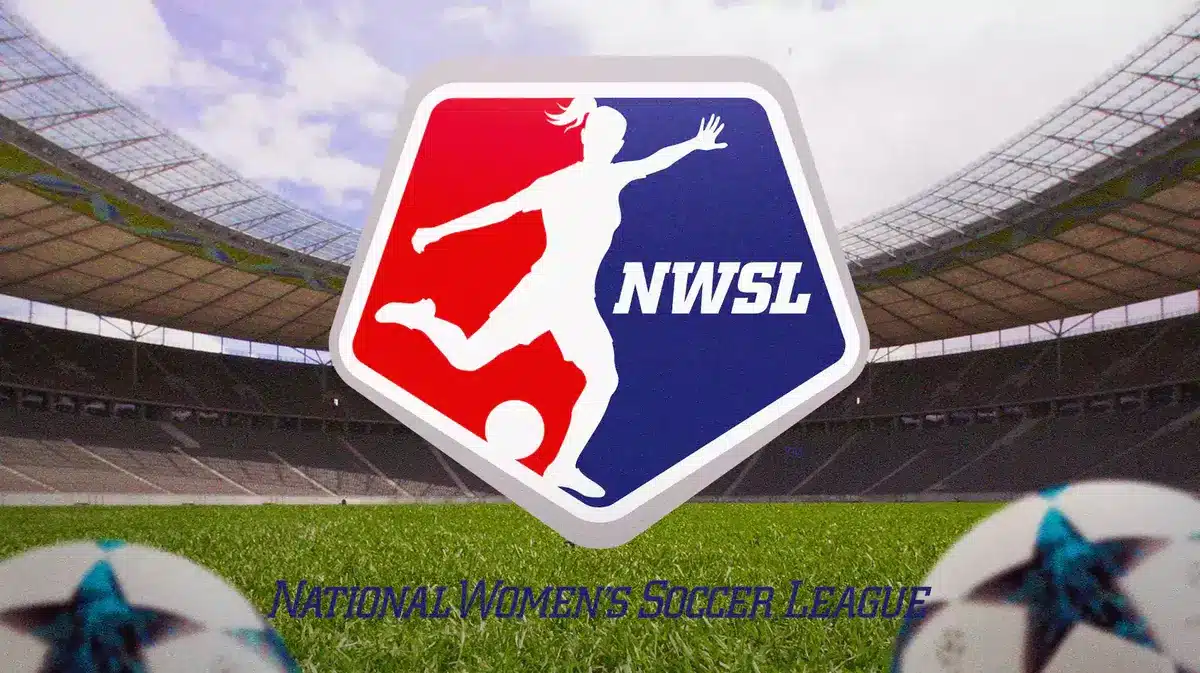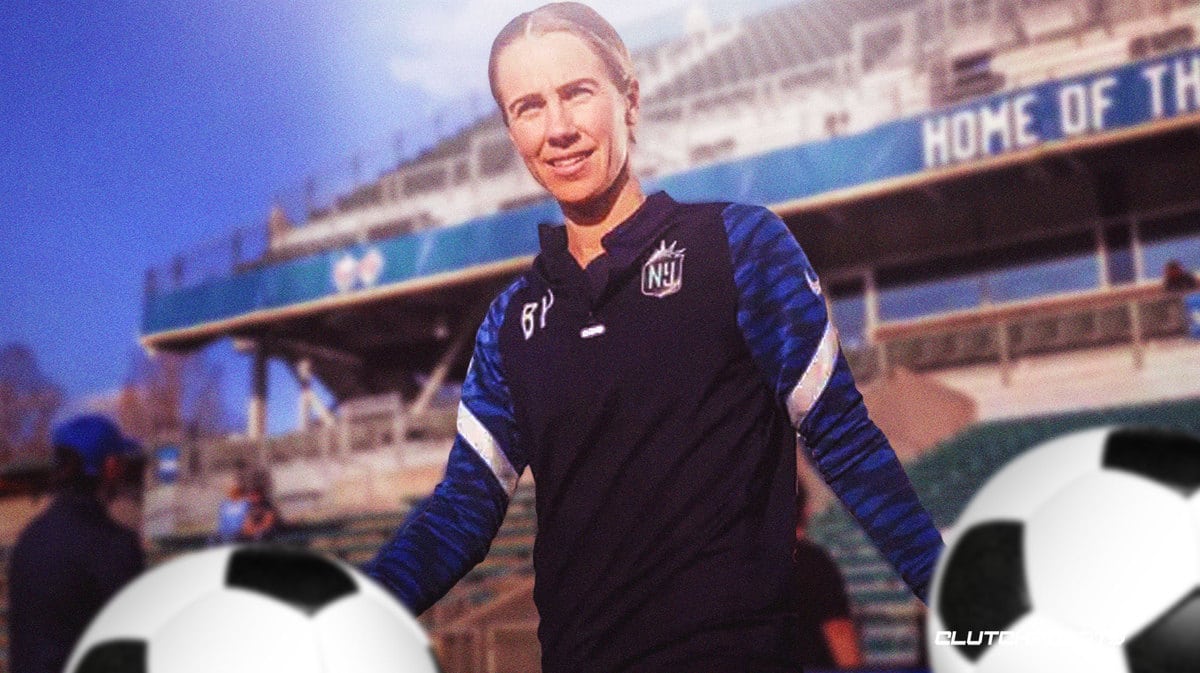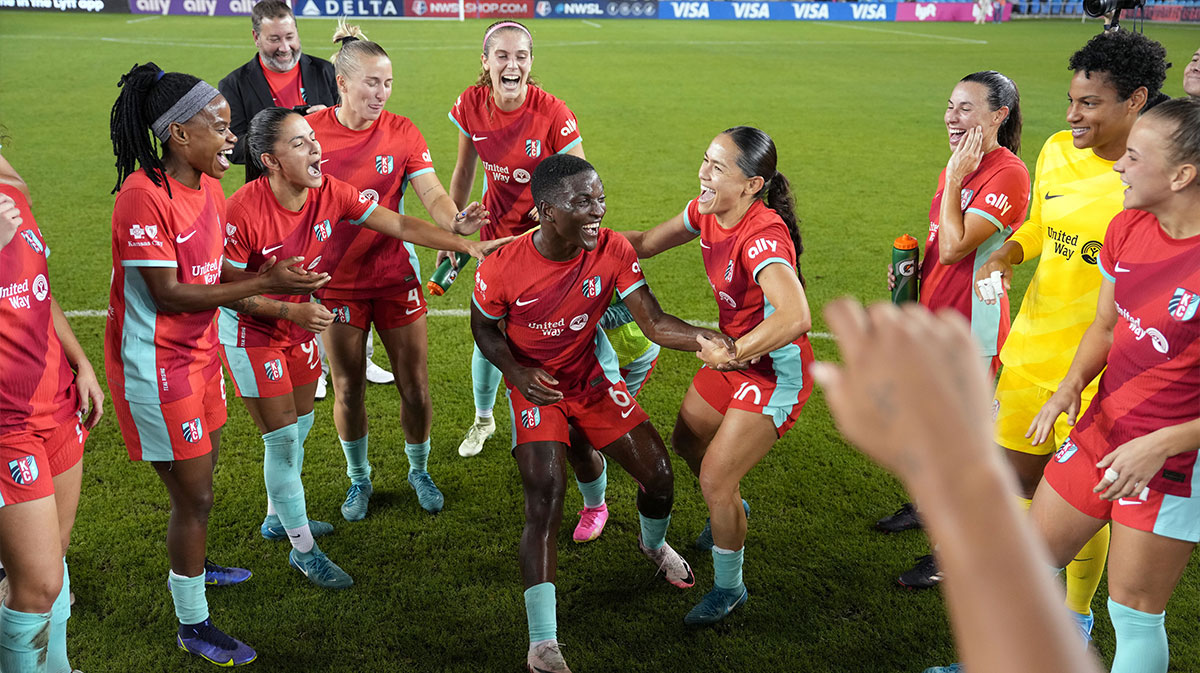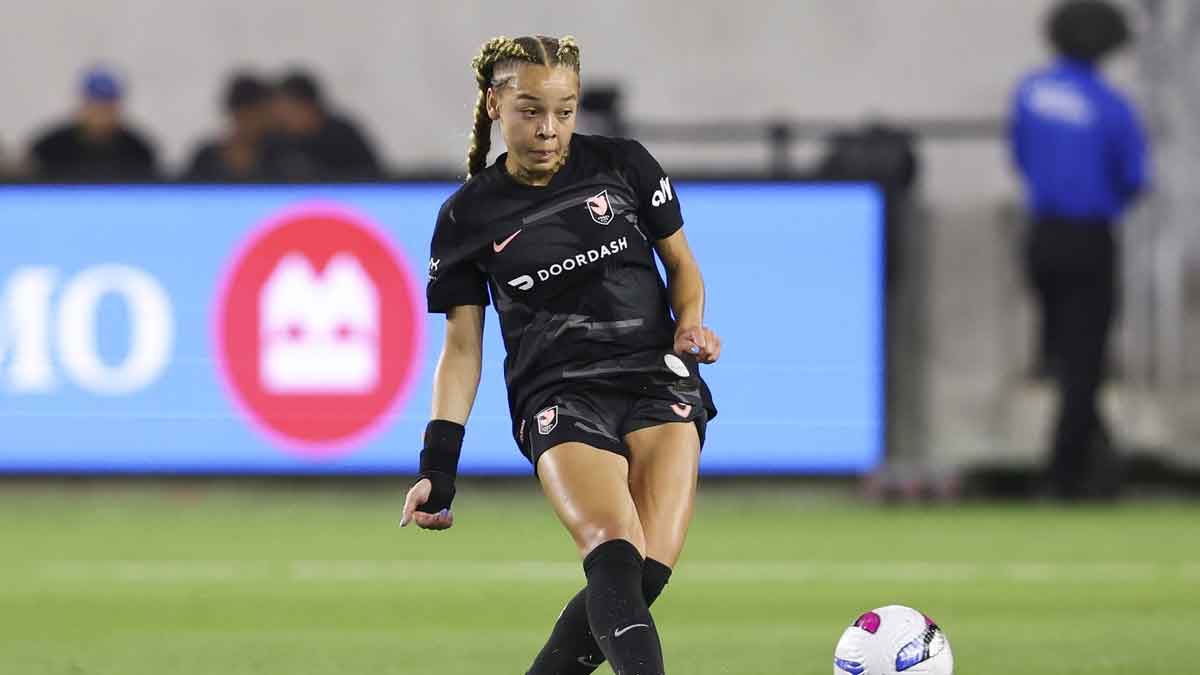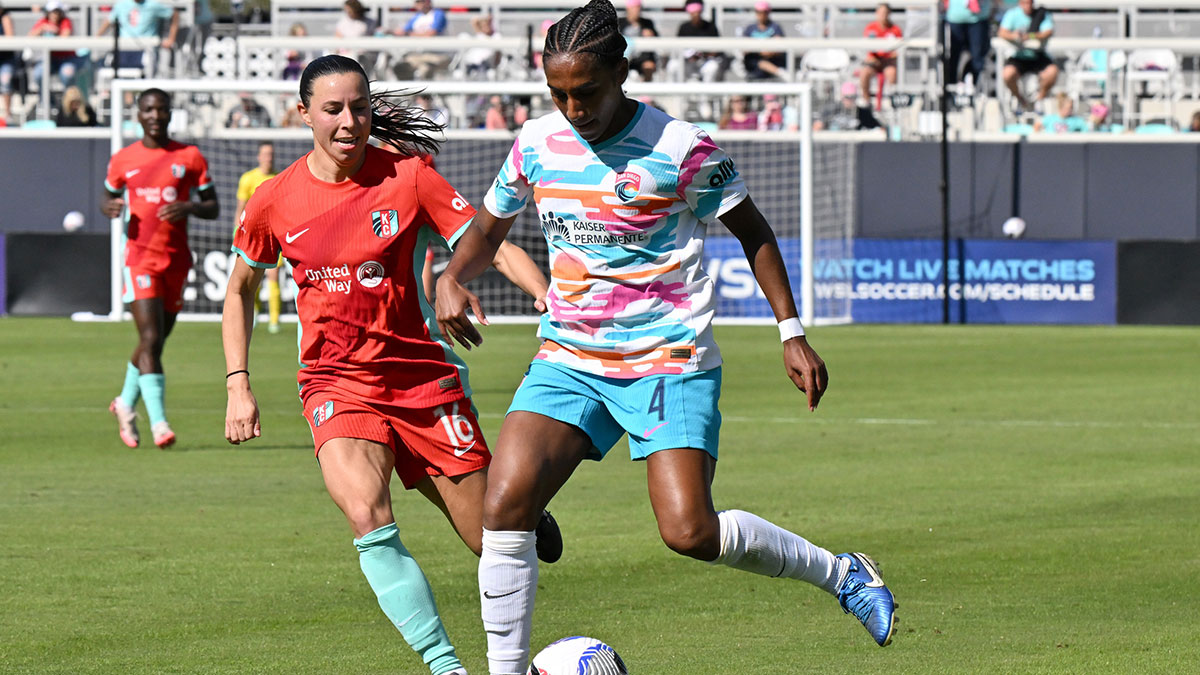The global rise of women’s soccer is picking up speed, and there's now a number to reflect this growth. A new report from Nielsen Sports, in partnership with PepsiCo, projects that the sport will gather over 800 million fans worldwide by 2030, placing it among the top five most-followed sports globally.
The report, called Undervalued to Unstoppable, highlights an impressive 38% growth in the global fanbase over the next five years. It forecasts that 60% of these fans will be women, making it one of the few sports with a majority female audience. The study forecasts a 30% surge in global broadcast audiences for major tournaments, driven by growing enthusiasm in countries like China, Brazil, India, and the United Kingdom.
While this rise in popularity is thrilling, it's surprising that only a tiny fraction of global sponsorship budgets are currently allocated to women’s soccer. Nielsen sees this as a golden opportunity for brands, especially considering that women are projected to influence over 75% of household purchasing decisions by 2028.
“This is no longer a case of future promise but present value,” said Samantha Lamberti, Managing Director at Nielsen Sports International.
In Europe, the Women’s Super League (WSL) is making waves with its impressive financial growth. Deloitte reports that revenue has surged by 34% for the 2023-24 season. If things keep going this way, the league could reach the £100 million milestone by the 2025-26 season. Meanwhile, in the United States, the National Women’s Soccer League (NWSL) championship experienced a notable 18% rise in viewership compared to last year.
Meanwhile, emerging markets are making waves. China has welcomed 186 million new fans and has seen a jaw-dropping 300% rise in player participation over the last five years. India and Brazil are also catching on, with more than 30% of their populations expressing excitement for the sport.
With strong growth in fan engagement, viewership, and participation, women’s soccer is no longer a niche movement; it is becoming a global powerhouse. As brands and broadcasters take notice, the game is set to change its place in the sports world.







![[US, Mexico & Canada customers only] Dec 5, 2025; Washington, District of Columbia, USA; United States of America President Donald Trump and FIFA President Gianni Infantino ahead of the FIFA World Cup 2026 Final Draw at John F. Kennedy Center for the Performing Arts. Mandatory Credit: Kevin Lamarque-Reuters via Imagn Images](https://wp.clutchpoints.com/wp-content/uploads/2025/12/President-Trump-at-FIFA-World-Cup-Draw.jpg?w=200&quality=90)
